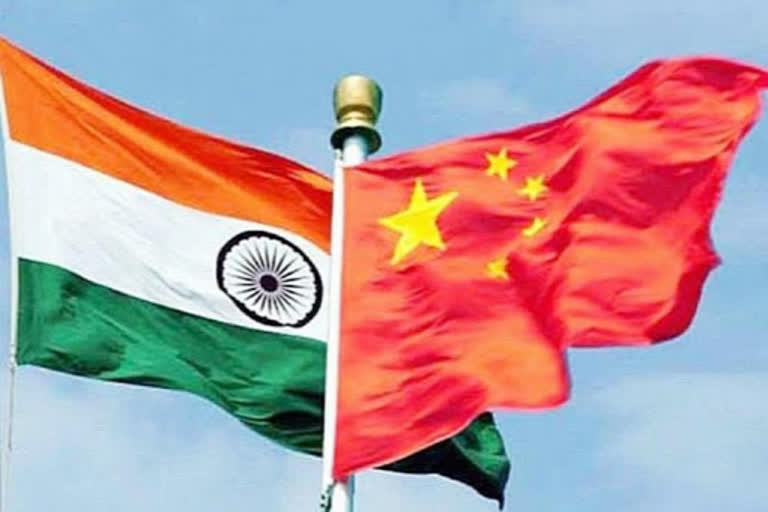New Delhi:Despite the Indian Army dismissing media reports that said there is a Doklam-type continued standoff in eastern Ladakh between Indian and Chinese soldiers, the fact of the matter is that the contested border will continue to prick bilateral ties between the world’s two largest armies of the two Asian giants.
While multiple military sources familiar with border operations and tactics have commonly voiced before ETV Bharat that while aggression on the India-China border is a reality, so are incidents of polite amity.
And that aggressive behaviour on both sides has had only an incidental impact at best on the India-China relationship—something both countries try to steady especially after the 73-day-long Doklam standoff across Sikkim in 2017.
On Tuesday, Indian Army spokesperson Colonel Aman Anand stated: “I clarify that there is no continuing faceoff at the Pangong Tso lake, there is no build-up of armed troops in the area…. Incidents of the faceoff and aggressive behaviour occur on LAC (Line of Actual Control)…Troops resolve such incidents mutually as per established protocols. Media speculation and hype based on unsubstantiated statement be avoided.”
But at the same time, the border ‘understanding’ did not mean no problems existed.
Recently, the Chinese government’s mouthpiece ‘Global Times’ in its editorial appreciated the existing border dispute resolution mechanism of the two militaries which ensured “the problem was solved at the local level and did not escalate to a national level”.
However, the editorial understood to reflect the Chinese government’s line of thinking, emphasized that while such “reoccurring minor issues have not yet hurt China-India relations…they may in the future… So we need to find opportunities and work out a fair and reasonable resolution to the border issue as soon as possible.”
